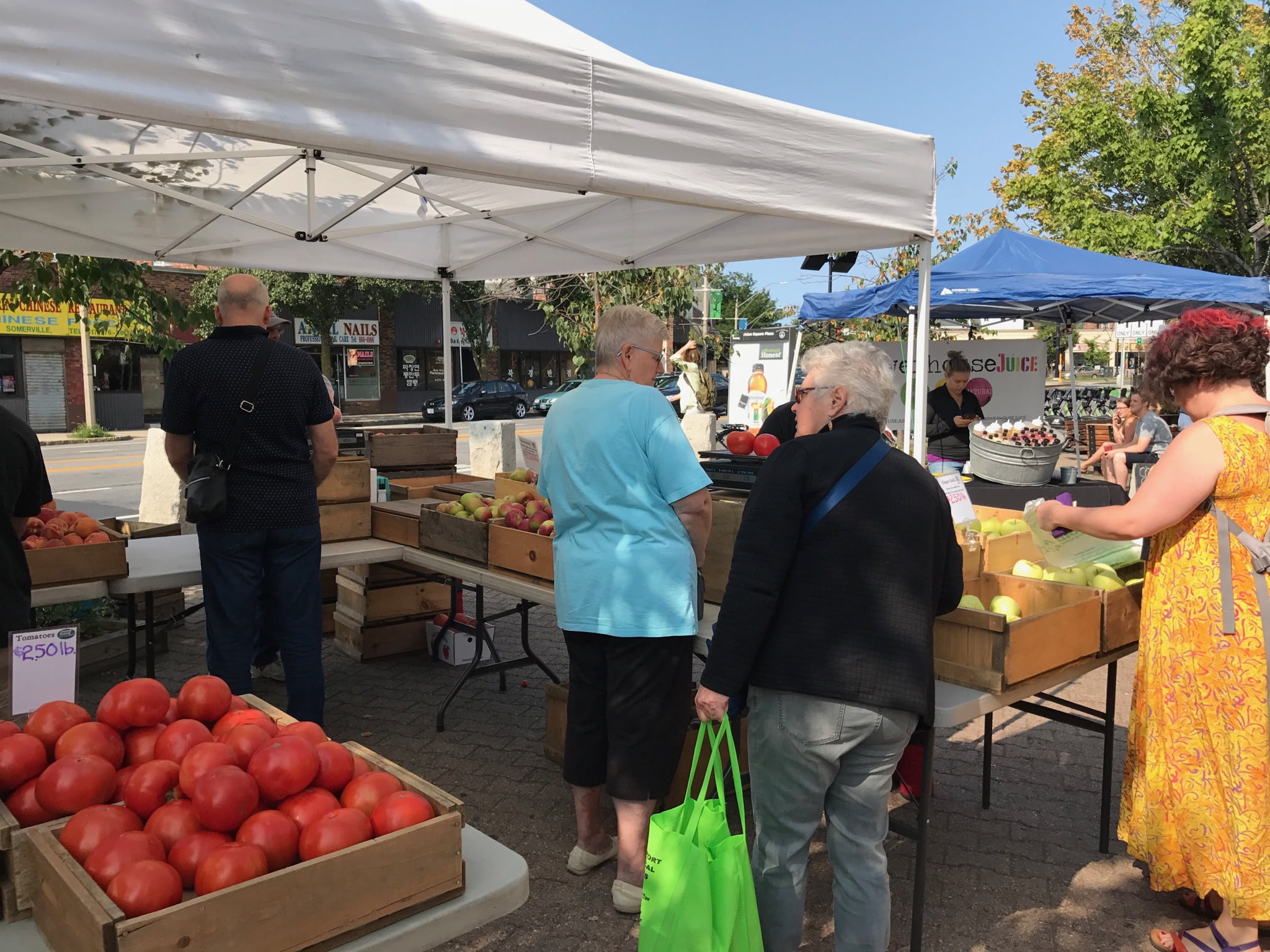
Senior Hunger in Decline but Still High

While hunger has eased among older Americans, millions still worry about having enough to eat from day to day.
A new report by two non-profits – Feeding America and the National Foundation to End Senior Hunger – found that food insecurity among people 60 and older declined by a meaningful amount between 2014 and 2015, the latest year of data available. This marked the first decline since the Great Recession.
Nevertheless, the percentage of the older population fitting the various definitions of being food insecure used in the report is much higher than in 2001. In 2015, 15 percent of older Americans felt threatened by hunger – the broadest definition – compared with 11 percent in 2001. And hunger is not isolated to the poor, said James P. Ziliak, founding director of the Center for Poverty at the University of Kentucky and co-author of the new report.
A big reason for rising food insecurity among seniors is that only 40 percent of those with low incomes who are eligible for federal food stamp assistance are actually enrolled in the Supplemental Nutrition Assistance Program, or SNAP, he said. This compares with 80 percent of the eligible population as a whole enrolled in SNAP.
Ziliak offers several explanations. Surveys have found that many seniors lack knowledge about food stamps. Being hungry also carries a stigma in senior communities. And mobility is an issue.
The SNAP program, in its current form, is not always effective, because it requires seniors “to be mobile – you have to be able to shop and cook” – to take advantage of it, Ziliak said. “Their mobility can be limited by lack of access to transportation or by their physical limitations.” This would not be an issue if, for example, the program were more flexible in allowing the use of coupons to pay for hot delivered meals, he said. Federal guidelines primarily restrict SNAP-authorized purchases to fruits, raw vegetables, uncooked meat, cereals, and dairy products.
Hunger also has a financial impact on the Medicare and Medicaid programs. In a different report, Ziliak and coauthor Craig Gundersen documented myriad health conditions associated with hunger, including depression, high blood pressure, heart problems, gum disease, psoriasis, and asthma.
The annual hunger report is based on a survey by the U.S. Census Bureau that asks older U.S. households to respond to 10 statements or questions about their eating concerns. Here’s a sample:
- “We worried whether our food would run out before we got money to buy more.”
- “We couldn’t afford to eat balanced meals.”
- “In the last 12 months, did you ever eat less than you felt you should because there wasn’t enough money for food?”
- “In the last 12 months, were you ever hungry but didn’t eat, because you didn’t have enough money for food?”
Squared Away writer Kim Blanton invites you to follow us on Twitter @SquaredAwayBC. To stay current on our blog, please join our free email list. You’ll receive just one email each week – with links to the two new posts for that week – when you sign up here.






